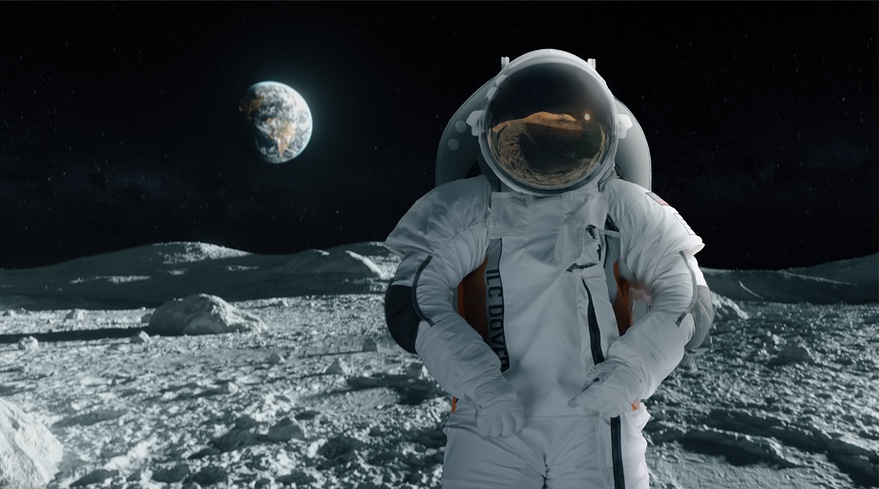WASHINGTON — A task order Collins Aerospace received to develop a new spacesuit for the International Space Station was awarded on a sole-source basis, a move NASA says was intended to preserve competition for later phases of the program.
NASA announced Dec. 8 it awarded a $97.2 million task order to Collins to develop a spacesuit that will replace the aging Extravehicular Mobility Unit (EMU) suits used for ISS spacewalks. The task order included ground testing of the suits, with an option to perform a test of the suit on an ISS spacewalk by 2026.
NASA awarded the task order as part of its Exploration Extravehicular Activity Services, or xEVAS, contract. NASA awarded xEVAS contracts to Collins and Axiom Space in June to develop suits for both the ISS and Artemis lunar missions that would be provided as services. NASA issued a $228.5 million task order to Axiom in September to develop an Artemis spacesuit; the agency received proposals from both companies but did not explain why it selected Axiom.
However, in a Dec. 15 procurement filing called a Justification for an Exception to Fair Opportunity, NASA said it made a sole-source award of the ISS spacesuit task order to Collins to keep both companies active in suit development.
“Dual providers ensure a safer and more reliable EVA missions to the ISS, the Moon, and beyond by providing more options and flexibility for NASA throughout contract performance,” the NASA filing stated.
The filing also noted that the xEVAS contract with Collins has a guaranteed minimum, although the size of it was redacted in the filing. The minimum “aligns with NASA’s EVA requirements over the full duration of the contract,” it stated. Because of the extended time needed to carry out the work to develop the suit, known as contract line item number (CLIN) 1A in the contract, NASA argued it had an “immediate need” to award a task order to Collins.
NASA notified both companies at the end of September of its plan to issue a sole-source award to Collins and asked them to notify NASA of any issues. The rest of the paragraph is redacted, so it is unclear what issues, if any, they raised and how NASA addressed them.
The agency said that “whenever practical” it plans to compete future xEVAS task orders. “A sole source award to Collins for CLIN 1A not only increases NASA’s ability to compete EVA services tasks in the future, but also enables a strategy intended to mitigate the agency’s technical and schedule risks associated with the development and execution of EVA services to support NASA’s mission needs.”
Collins, like Axiom, has not released many technical details about its suit. In an interview, Peggy Guirgis, general manager of space systems at Collins Aerospace, said the competitive nature of the xEVAS contract limited what she could say about the suit. While Axiom’s task order is for an Artemis lunar spacesuit, the NASA filing stated that its task order included an option to demonstrate its suit on the ISS as a “delta effort.”
Guirgis said the Collins suit has a number of advantages over the existing EMU suits, including lower mass and fewer components while also supporting a larger range of sizes. It also has improvements in carbon dioxide scrubbing and design changes to prevent water intrusion into the spacesuit helmet.
She said the biggest challenge to the work is a schedule that calls for a critical design review in early 2024. “We’ve got resources in place, and we’re ready to hit the ground running. There’s just a tremendous amount of work to get done,” she said.
Developing the suit for the ISS will also support a version of the suit for Artemis that it could offer to NASA for future phases of the xEVAS contract. Guirgis said about 90% of its ISS suit could be adapted to Artemis, with changes needed for walking as well as the thermal and dust environment of the moon. “NASA absolutely has the opportunity to turn us on for a subsequent task order that would enable us to continue the remaining development,” she said.
“We’re going to be making progress from an Artemis perspective,” she said, “and that way NASA is able to retain, from a competitive perspective, a couple of options where they can choose who they want to support for each mission and they’ll have that same flexibility for ISS.”
